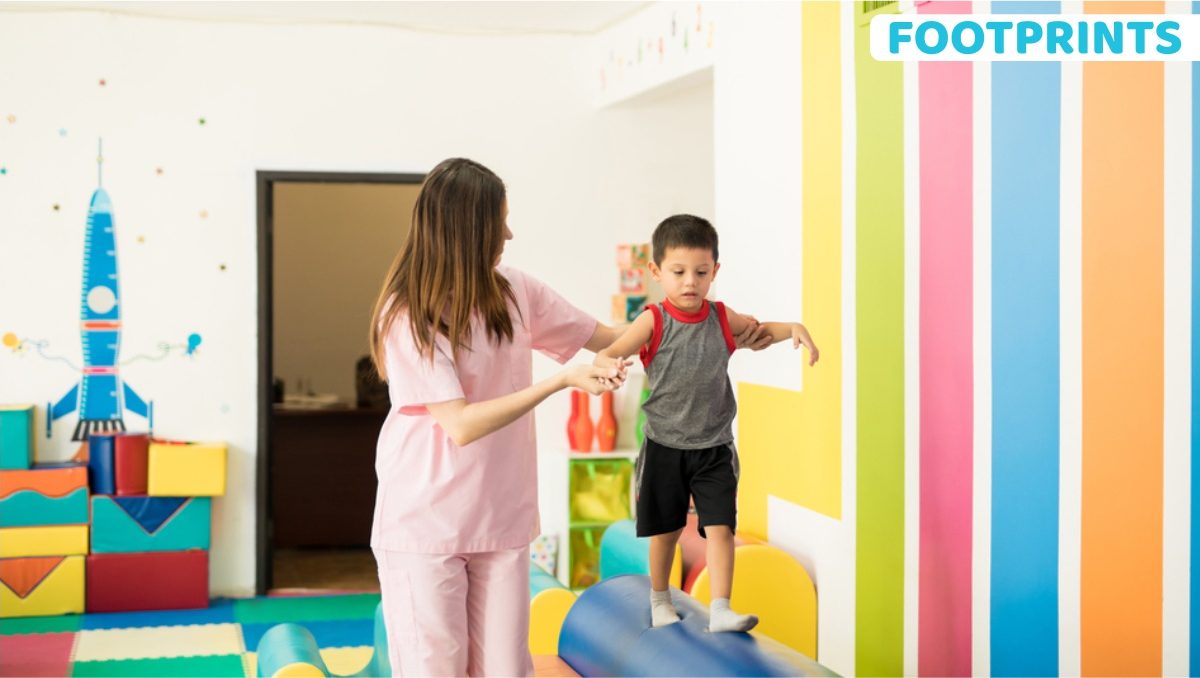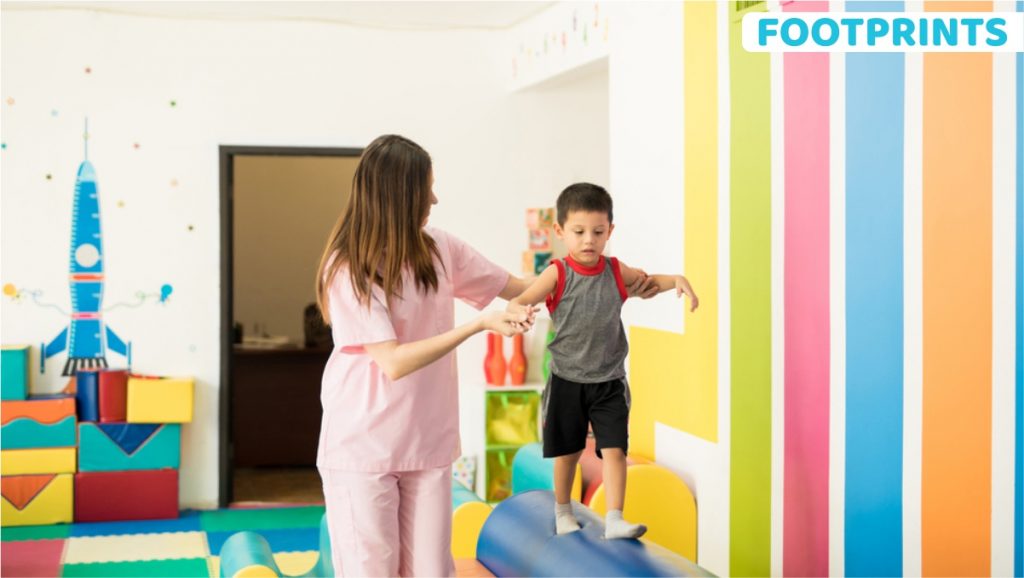
Bubbling energy and unbound curiosity; that is the recipe for a budding explorer. With a preschooler at hand, you sure would be experiencing it every single day. It is, therefore, imperative to keep in mind these child safety tips for parents to ensure you make the most of this fun stage in life.
Falls
Now with little kids, falls are nearly unavoidable and bruises and scraped knees are part of being a kid. All you can do is take precautions so that falls do not turn nasty.
- Child safety demands that you keep the doors of balconies, and terraces locked at all times.
- Restrict window openings so that there isn’t a fear of falling out from them
- To ensure safety at home for kids, it will be wise to leave a light on at night so that there isn’t fear of the child tripping and falling should he wake up in the night.
- Don’t let a child play unattended on a balcony even if there are railings.
- For the indoor safety of preschoolers, do not leave the child unattended on any piece of furniture. Placing guards on sharp furniture corners is also highly recommended.
- Non-slip bath mats are another must-have to ensure the child does not slip and fall in the bathroom
- Ensure you hold the child’s hand on escalators and that the child isn’t wearing loose clothing, flip flops, etc that can pose a risk.
- Important toddler safety tips are also that when they are playing outside, it is prudent to keep a watchful eye over them. You never know what catches their eye or if they take to doing anything dangerous. Stay close or at least at a distance where you can clearly see what the child is doing. Also, watch out for any hazards such as rusted or broken equipment. The child should also be taught that pushing anyone on the playground or on that slide is a strict no-no.
- Despite your best efforts to keep them out of harm’s way, keep emergency contact numbers including the pediatrician’s handy for any eventuality. With a preschooler at home, the one thing that should also be available easily is a fully stocked first aid kit for any minor injuries.
Now with little kids, falls are nearly unavoidable and bruises and scraped knees are part of being a kid. All you can do is take precautions so that falls do not turn nasty.
- Keep doors of balconies, and terraces locked at all times.
- Restrict window openings so that there isn’t a fear of falling out from them
- It will be wise to leave a light on at night so that there isn’t fear of the child tripping and falling should he wake up in the night.
- Don’t let a child play unattended on a balcony even if there are railings.
- Don’t leave the child unattended on any piece of furniture. Placing guards on sharp furniture corners is also highly recommended.
- Non-slip bath mats are another must-have to ensure the child does not slip and fall in the bathroom
- Ensure you hold the child’s hand on escalators and that the child isn’t wearing loose clothing, flip flops, etc that can pose a risk.
Poisoning
With toddlers inclined to taste just about everything, poisoning can also be a big risk. To eliminate the risk of poisoning, safety tips for kids include:
- Keep all medicines out of the reach of children.
- Prevention of poisoning in a child also demands that cleaning material, perfumes, aftershaves, mouthwash, and other such materials should particularly be kept in locked cabinets where the child has no access
- When you are having medicines in front of the child ensure that you tell the child what it is and that it is not meant for them. Remember, however, that children at this stage aren’t great at following directions. So do not bank on this fact alone that they are aware that they should not put it in their mouths!
Burns
Burns is also a significant risk especially since preschoolers are active and agile and tend to touch everything
- The biggest fire safety tips for kids is that unsupervised children in the kitchen are a big no-no. Even if you are there along with them in the kitchen, remember that they can take a split second to touch something hot. It will help to keep the handles of pans inwards to avoid any untoward accidents.
- Ironing, using curlers, etc should be avoided in the child’s presence. Not only is there the fear of the child touching the hot object, but they can also be expected to emulate you in your absence, which can be extremely hazardous
Choking
With the tendency to put everything in their mouth choking hazards are something to watch out for.
- Safety tips for preschoolers include avoiding leaving small objects around, be they coins or buttons that the child can put into his mouth and can lead to choking.
- Be especially careful of small toys, toy parts, and batteries lying around to prevent choking in babies.
- Ensure the child sits up while eating and is encouraged to chew food well.
- It is also prudent to cut food in small sizes so that there is no fear of choking
- Remember to keep plastic bags away from children so that there are no choking risks
Some of the other areas to be mindful of, include:
- One of the best safety tips is to ensure that the child is restrained in a safety belt while in the car.
- It is best to childproof your home to avoid the chances of an accident. From securing furniture and large appliances to the wall so that your kids can’t tip them over to installing corner and edge bumpers, there is a lot you can do. Doorstoppers are another must-have.
- Get them to wash their hands frequently as little explorers tend to meddle with many things, often inviting germs in the process.
- If the child is already using a computer or a phone to watch videos or play games, ensure that you install parental controls. While it may bring a sense of pride to see the child being able to enter passwords or navigate pattern locks, it is not advisable to share passwords with them. Pro-tip- You could set your home page to a child-friendly website if the child tends to use your device often. Ideally, instead of just handing over the phone for the child to see, ensure you watch the content together. That way you can be sure of what the child is seeing and also help the child interpret some of the content correctly.
- It will help the child to know your phone number and home address in case the child strays off somewhere or gets lost. It will also help you to tell the child that if they are in a mall or a supermarket and they cannot find you, they should stay exactly where they are instead of running around aimlessly. It will also help to teach them to reach out to another parent with a child to get them to help or to ask for help at the counter
While you take the above precautions, it will help to remember that your preschooler can learn basic safety rules and recognize them when they are not being followed, so it is prudent to keep telling them of these rules. It will also help to be prepared that even though they know the rules, they may not always remember them especially when they are excited. It is also often hard for them to make the connection between cause and effect. It is therefore good to teach them safety rules that are:
As a thumb rule in this particularly adventurous phase of the child, it will help to teach them how to navigate situations instead of unduly protecting them. This is not to say that the child shouldn’t be shielded on an age-appropriate basis.
However, remember that in the long run what will work is to prepare the child for the road, not the road for the child. For example, if the child is fond of dogs, instead of telling them to steer clear of dogs completely for fear that they might bite, it will help to teach them to ask the dog owner if it is okay to play with the dog. It is best to set appropriate limits though so that the child learns to follow them.
Overall the idea is not for the child to lose his love for adventure but to remain safe. Speaking of keeping the child safe and yet not giving the impression that the world is a bad place, it is important that you teach the child about unsafe people, without passing on the message that all strangers are bad. To this end, you need to equip the child with warning signs such as a stranger tempting the child with sweets or touching the child’s body. Of course, the child should also be told that they should never allow themselves to be led away by a stranger.
- Simple to follow. Rules such as looking both ways before crossing the road, not chasing anything into the street, or not going out of the house alone are age-appropriate.
- Are consistent and reasonable
- Are reinforced
- Have consequences that are followed through
- It will also help to have positive rules rather than negative ones.
Here’s to child health and safety and to fun-filled times!

Purvesh is a multidimensional leader at Footprints Childcare. As a TED speaker and IIT-Delhi alumnus, his passion for education is fueled by his experiences as a certified life coach and parent. He goes beyond traditional parent engagement activities, creating meaningful connections through insightful parenting workshops and open communication channels. Purvesh’s commitment to empowering parents, teachers, and students is the foundation of everything we do at Footprints. What motivates Purvesh? As a parent himself, the challenges his son faces in the educational system are the driving force for him.



Great read. Parental lock on phone is not enough. How to reduce the phone visuals impact?
My son is 7 years old and a little naughty. I am always worried for him while he goes to school in the bus. Most of the times he gets wounds at different parts of his body. When I ask he says some other kid have hit him in the school bus but when I ask the bus driver, he says nothing has happened. What safety tips are applicable to him?